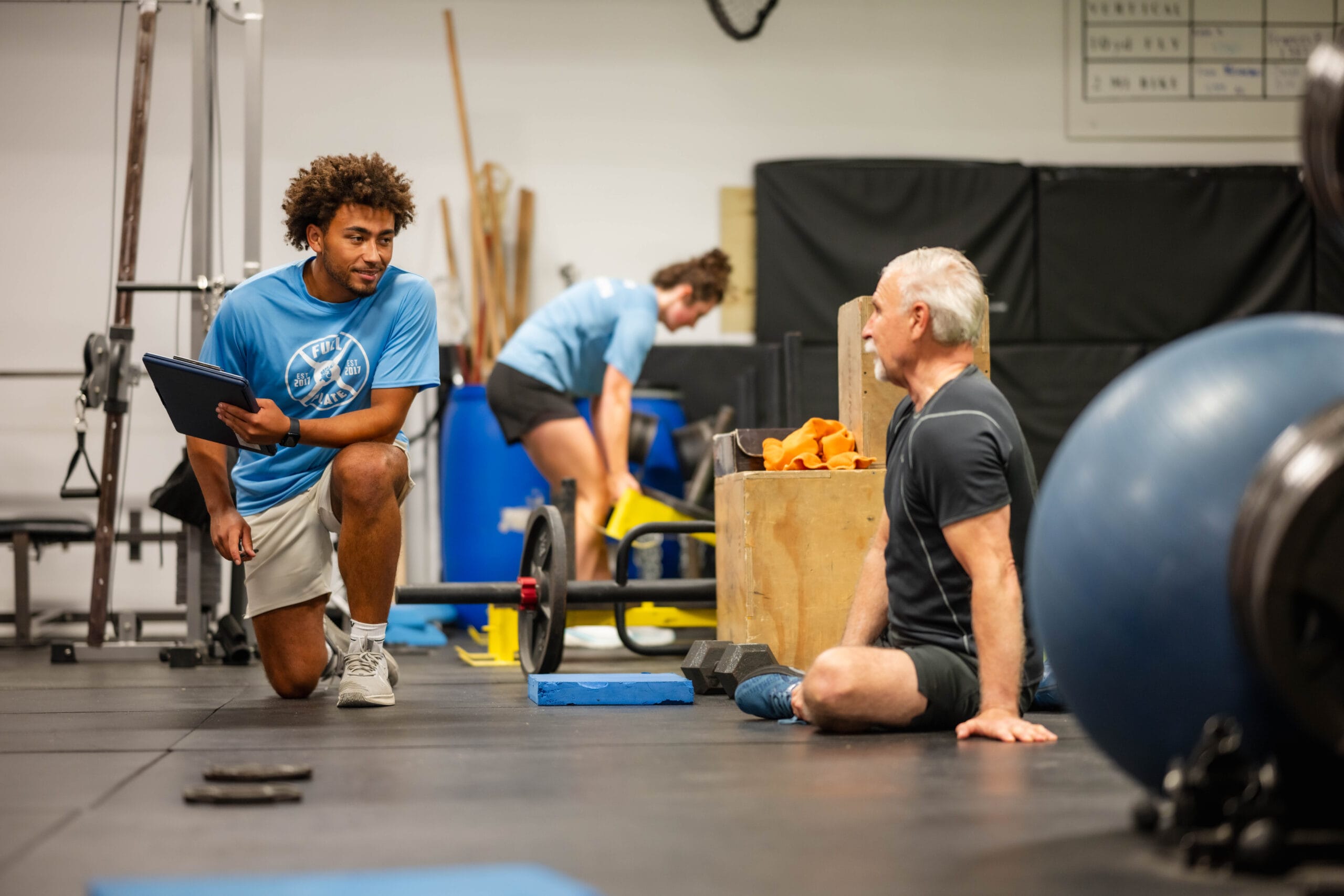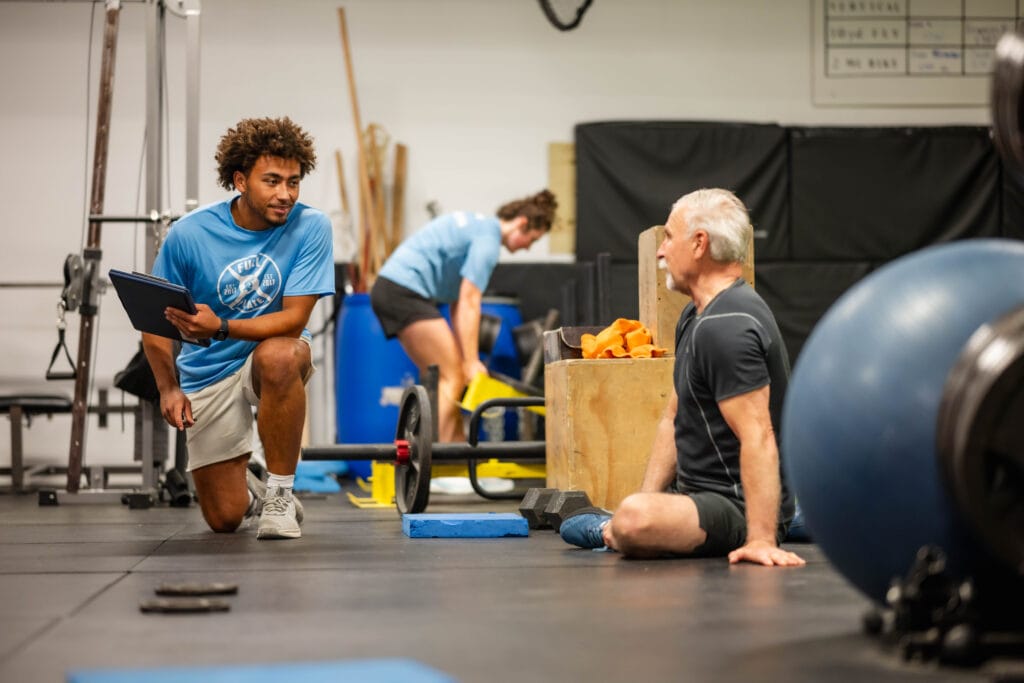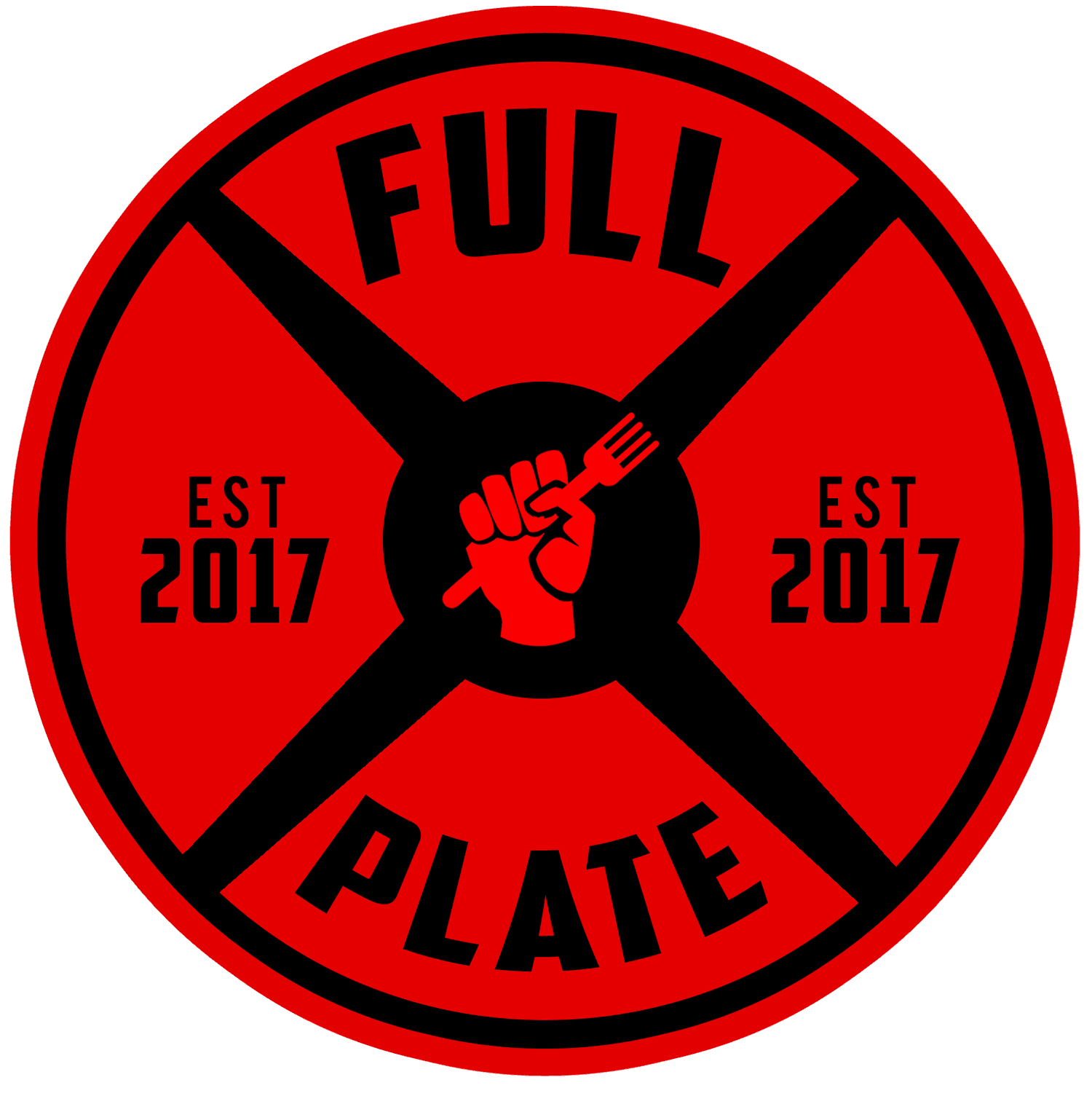
Understanding the Sources of Muscle Tightness
Why Do You Feel Tight? Understanding the Sources of Muscle Tightness
Feeling tight muscles can be frustrating—especially when stretching or working out doesn’t seem to help. If you’ve ever wondered why your body feels this way, you’re not alone. The truth is, “muscle tightness” is a catch-all term that can stem from a variety of causes, not just your muscles. Let’s break down the common culprits and how you can address them effectively.

1. Osseous (Bony) Blocks
Sometimes, muscle tightness isn’t about the muscles at all. It’s caused by bone structures that limit movement. This could be due to genetics or bony growths like bone spurs. If your tightness feels like you’re hitting a hard stop, it might be due to these bony restrictions. Stretching won’t help here, and pushing through could lead to injury.
What You Can Do:
Work with a personal trainer or physical therapist to identify these limitations. They can guide you on safe movements and alternatives to prevent injury.
2. True Muscular Shortness
When muscles are genuinely shortened from lack of use, injury, or poor posture, they can feel tight. This is one of the few cases where consistent stretching and strengthening can make a real difference—but it requires patience.
What You Can Do:
Incorporate a balanced workout routine that includes strength training and flexibility exercises to gradually lengthen and strengthen the muscles.
3. Capsular Stiffness
Your joints are surrounded by a capsule, which acts like a flexible casing. If this capsule becomes stiff, it restricts movement and creates a tight sensation.
What You Can Do:
Targeted stretching and joint mobilization exercises can improve joint flexibility. A gym that specializes in mobility and strength training, like ours, can help you safely address these issues.
4. Poor Alignment (Imbalances)
When certain muscles are stronger or tighter than others, they pull your body out of alignment. This can make opposing muscles feel tight—even though they’re just reacting to the imbalance.
What You Can Do:
A personal trainer can assess your posture and movement patterns to identify these imbalances. Strength and mobility training can help restore balance and reduce tightness.
5. Neural Tension
Your nervous system has a significant impact on how your muscles feel. If a nerve is compressed or restricted, it can cause muscles along its path to feel tight.
What You Can Do:
Stretching specifically for neural tension—like nerve glides or flossing exercises—can be more effective than traditional muscle stretching.
6. Soft Tissue Density from Previous Injury
Scar tissue or thickened areas from old injuries can create dense, inflexible tissue that feels tight. Stretching alone won’t break up this kind of tightness.
What You Can Do:
Foam rolling, massage therapy, or other myofascial release techniques can help loosen these tissues and improve mobility.
7. Muscular Spasm
Muscle spasms are involuntary contractions that create sudden, intense tightness. They often occur as a protective response or from overuse.
What You Can Do:
Gentle stretching, heat, and light movement can help ease spasms. Avoid aggressive stretching, which might worsen the situation.
8. Protective Tension
When your body feels an area is at risk—like after an injury—it can create protective tension. This type of tightness often stems from weakness or instability in the surrounding muscles and joints.
What You Can Do:
Gradual strength training and mobility work are key here. Stretch to increase your range of motion, and then strengthen the muscles around the joint to “lock in” that new mobility. This helps your body feel safe and reduces protective tension.
